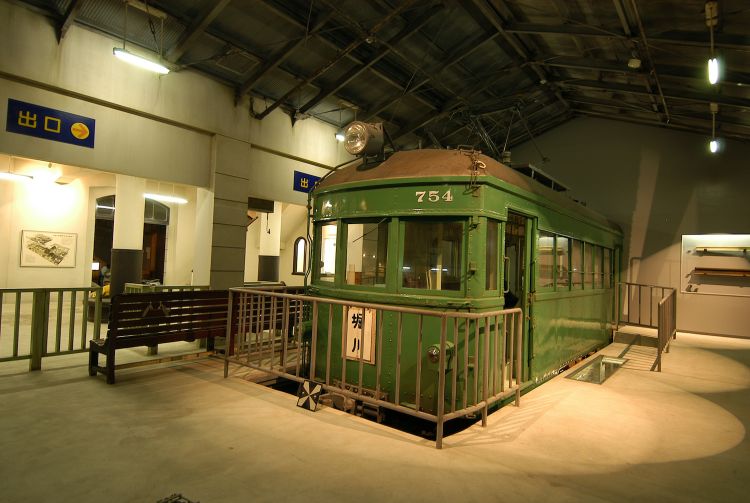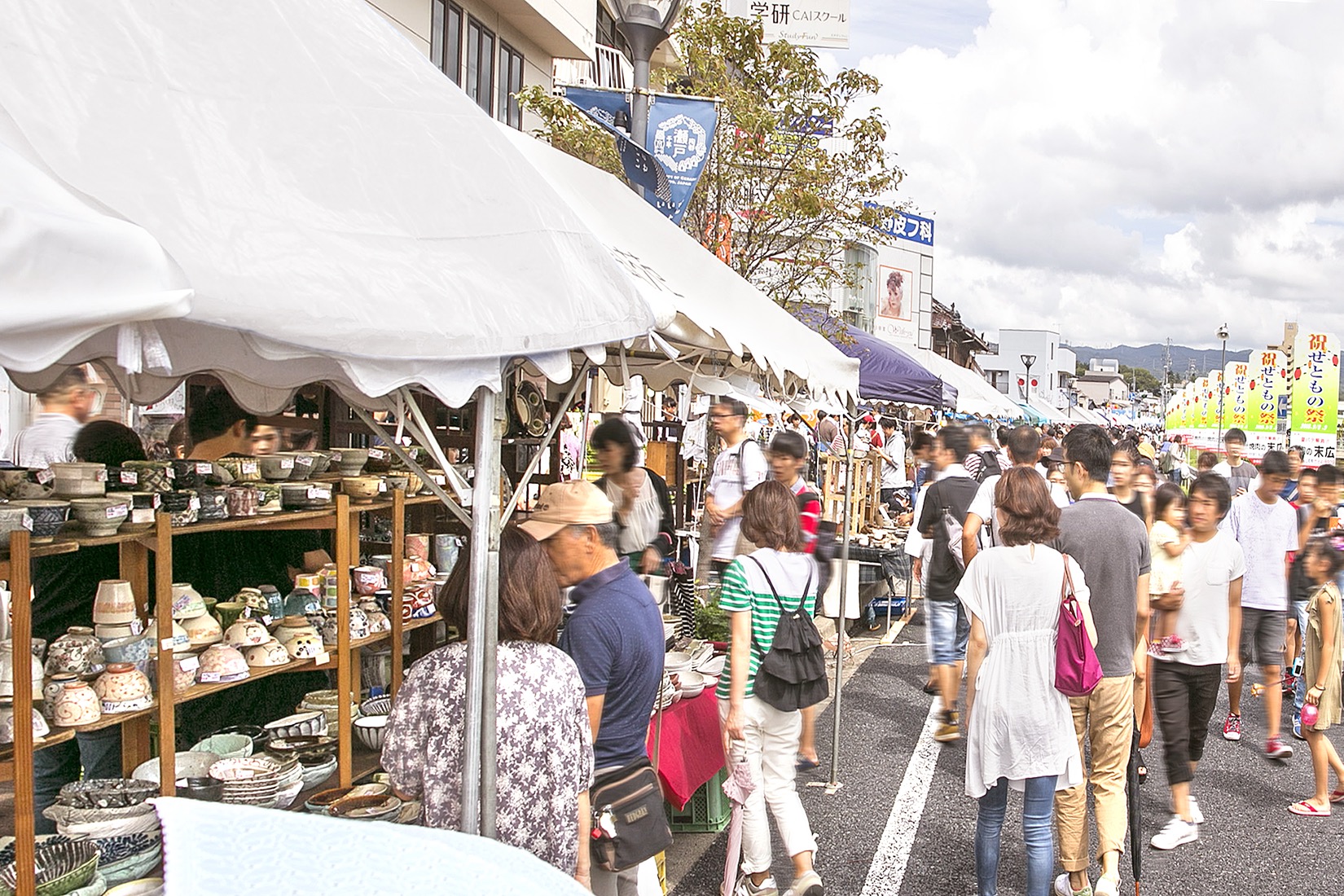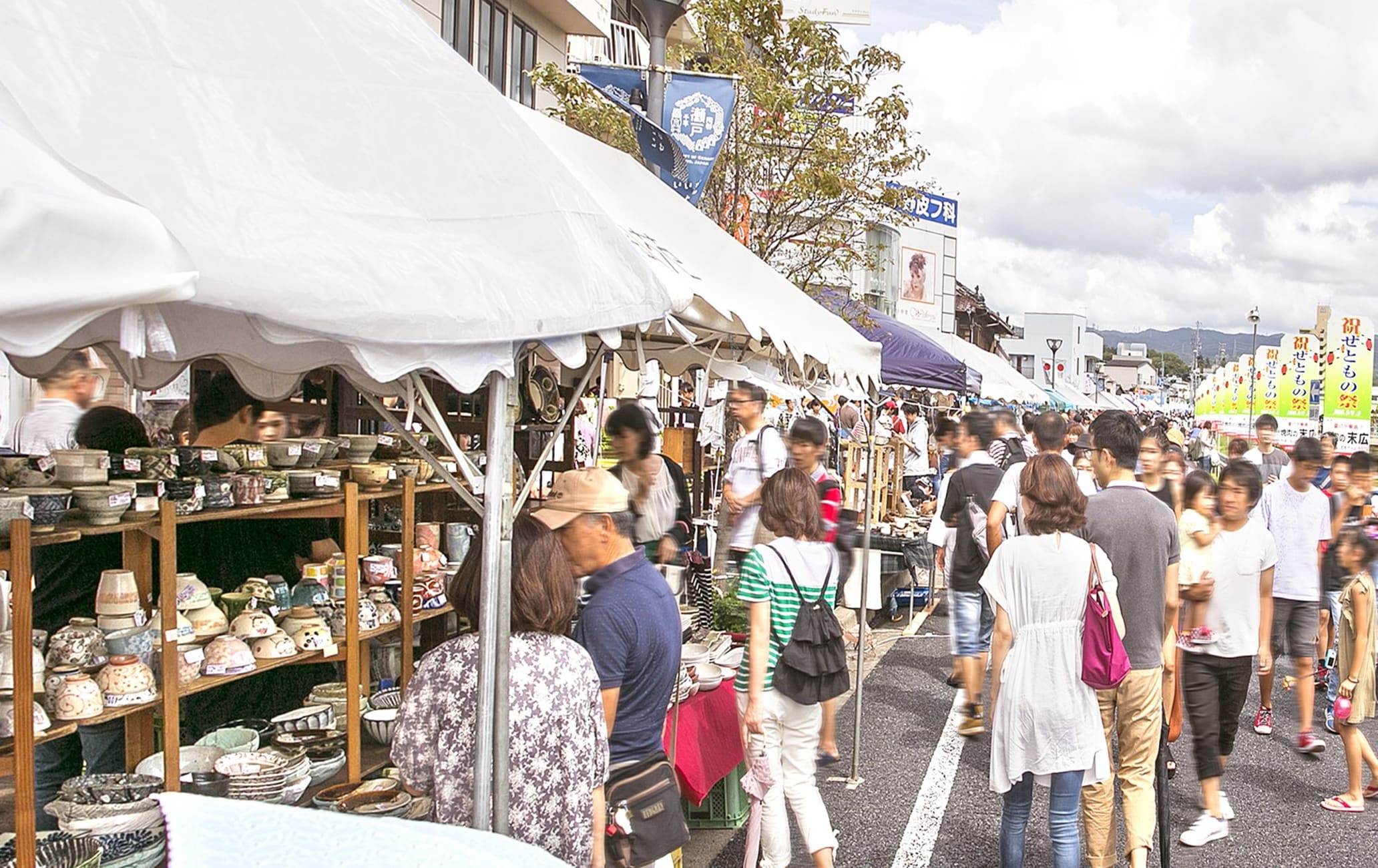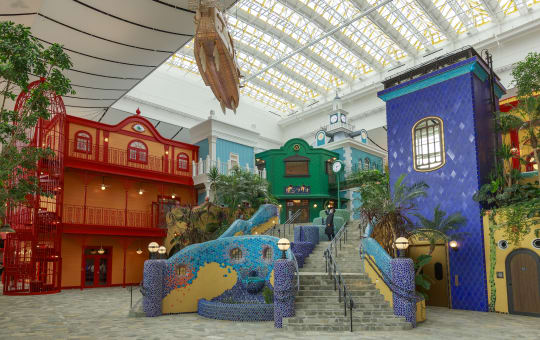Where Japanese ceramics began, and an ancient battlefield from the Warring States period
Seto City is a cermanic production center with a history of more than 1,000 years, and Nagakute City is the site of an important battle during Japan's Warring States period. Both are steeped in history and fun to explore.
How to Get There
Seto and Nagakute are accessible by train.
Owari-Seto Station is around 45 minutes from Nagoya Station , take the JR Chuo Line and change to the Meitetsu Seto Line at Ozone Station. For Nagakute, take the Higashiyama subway line to its end at Fujigaoka, and then change to the Linimo monorail line to Nagakute Kosenjo Station. This takes around 45 minutes in total.
Quick Facts
Glazed ceramics found in Seto date back 1,000 years
A generic Japanese word for ceramics is "setomono," which means "products of Seto"
The battle of Komaki and Nagakute was waged in 1584

Ceramics, old and new
Seto is one of the most pivotal places in the Japanese ceramics industry. Many ceramic festivals are held throughout the year here. You can discover more about the town and its key industry at the Setogura Museum, which features exhibits of Seto ware, and easy to understand displays about the history of the craft from about 1,300 years ago to the present day. Seto is unique, in that it is one of the only cities in the world that produces both ceramics and porcelain

Test your skills
After learning all about the industry, head to the Ceramic Craft Studio at the Aichi Prefectural Ceramic Museum and see how your skills compare to the masters by trying your own hand at pottery making and bisque-painting.
A shrine dedicated to the ceramic arts
Ceramics has been a major industry in Seto for more than 1,000 years, and techniques have been passed down for generations. A visit to Kamagami-jinja Shrine, with its kiln-shaped pavillions, is a unique experience. The shrine is dedicated to Kato Tamikichi, a craftsman who learned the porcelain manufacturing method in Kyushu and introduced it to the Seto area to help in its revitalization.

The Battle of Komaki-Nagakute
Following the death of the daimyo Oda Nobunaga (1534-1582), two of his most powerful retainers came into conflict during succession; Hashiba Hideyoshi (who would become Toyotomi Hideyoshi), and Tokugawa Ieyasu (1543-1616). In March, Hideyoshi's army made the first move at Komaki, fighting against Nobunaga's second son Oda Nobukatsu, who was supported by Ieyasu's forces. A major battle took place at Nagakute on April 9, 1584. The fighting was fierce and many prolific samurai perished. Although the Tokugawa forces were victorious in the battle, Hideyoshi was able to consolidate power as Nobunaga's succesor, and made piece with both Nobukatsu and Ieyasu. There are many sites and monuments related to the battle around the city, and they have been designated National Historic Sites.
Cars on display at Nagakute
A trip to Nagakute is incomplete without a visit to the Toyota Automobile Museum . See an amazing collection of around 140 automobiles from the late 19th century to the present.


The latest information may differ, so please check the official website.
* The information on this page may be subject to change due to COVID-19.

































































